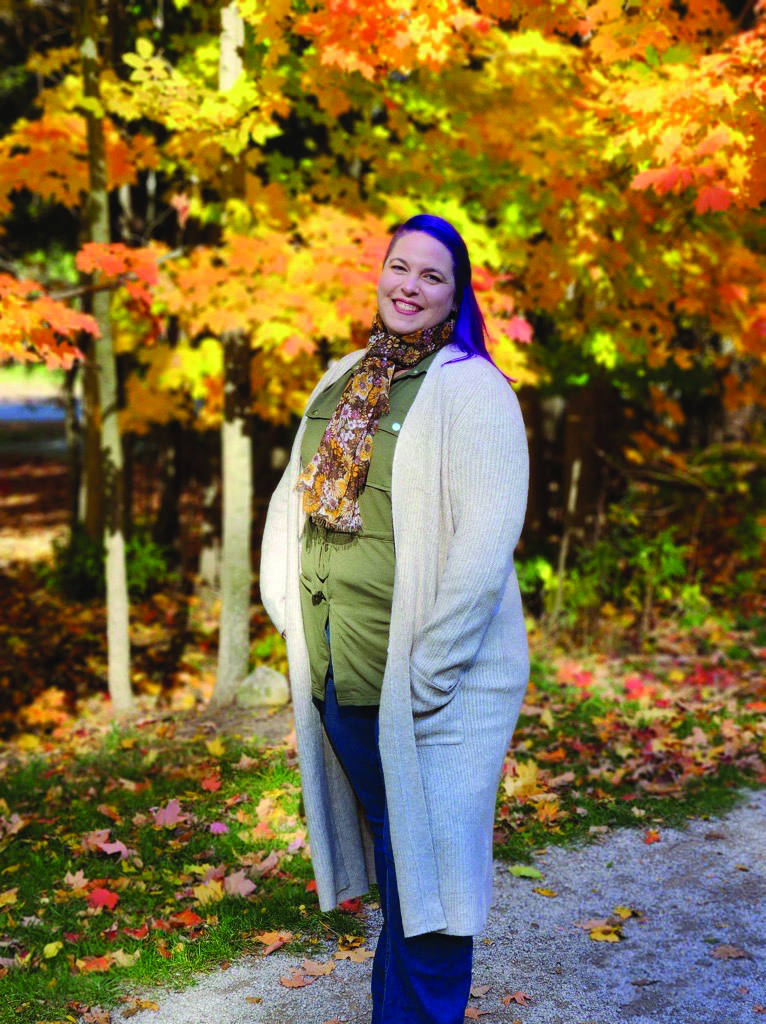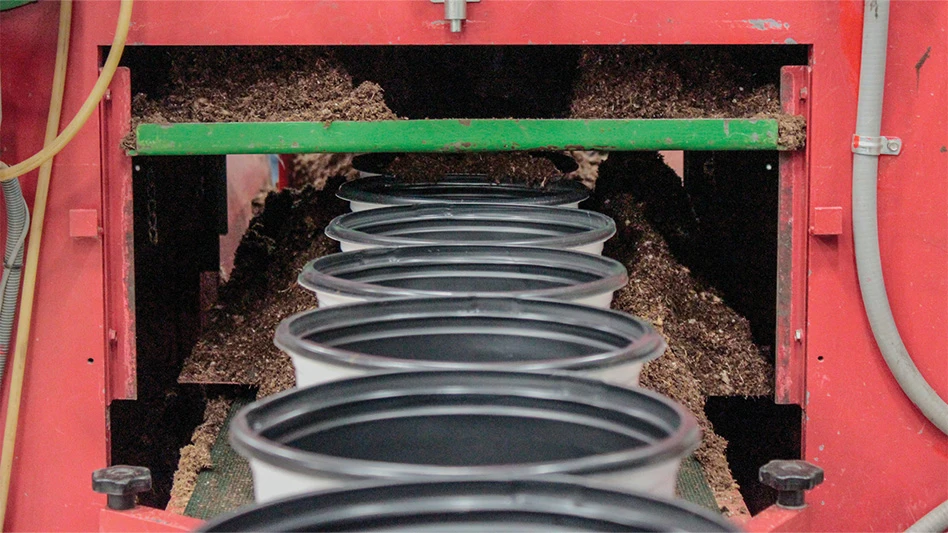How critical is supplemental lighting for greenhouse growers?

The three fundamental factors in growing plants are light, temperature and water. Without one of these factors, you basically won’t have any growth because light, temperature and water steer photosynthesis in a plant, which in turn equals growth. It’s extremely important to have supplemental lighting in a crop. When you don’t have light, you will see failures in your crop, and this can reduce or delay the timing of flowering or fruiting and decrease all aspects of growing within the plants. Every plant needs some amount of light to be able to grow properly and become a healthy crop.
In Canada, the winter season has up to six fewer hours of sunlight per day than the summer season. By growing in greenhouses, we’re able to control the environment of the plants during the colder time of the year; however, we’re still lacking a lot of natural light. Add in shade curtains and hanging plants that block sunlight, and supplemental lighting becomes critical to growing crops on the strict timelines the industry demands.
Timing is key for growers, and that relates to your different propagation strategies, your different cuttings coming in, but also your labor, shipping and meeting customer market demands. To be able to hit those timelines, it’s important to have supplemental lighting to grow your plants effectively and efficiently.
What are the pros and cons of broad-spectrum LED lighting for ornamental propagation?
There are various lighting types, and we have multiple spectra and fixtures that we use at Fluence. Our broad-spectrum light fixtures mimic, as much as possible, the natural light that we get from the sun. Not only do the crops benefit from this more natural light, so do growers. It’s very easy to see the plant’s true color under broad-spectrum lighting, and that makes monitoring crop health much easier on the grower.
Broad-spectrum LED lighting is valuable for your beneficial insects, since insects have specific spectrums that they can see under. A lot of bugs use blue-green and UV light to map where they are in the greenhouse and to attack the harmful pests. So, it’s key to have some blue and green light for them to be effective in the greenhouse. But on top of that, it’s a nice overall light to grow your propagation plants and a nice neutral light for all plants. There isn’t one spectrum that is too high that’s going to influence the plants too much in one direction or another. Broad-spectrum LED lighting is a great overall light, especially when you have various crops growing in one space. When you’re growing many different types of plants, it’s nice to have one generalized spectrum that will do good for all of them.
How important is uniformity of light intensity for ornamental growers?
After intensity, uniformity is the next thing that I look at, especially with my experience as a grower. Uniformity is key. You never want to see a crop that has those hills and valleys, or one that’s flowering before the other. As a grower, you want to have consistency in all the plants that you’re growing every single time. So, it’s important to have a nice, even light spread across the canopy and not just focused on the middle section but focused across the entire bench of plants. You want to have the same growth across the board. You don’t want to have any area that’s out-competing or outgrowing another area. When it comes down to it and you’re shipping your crop, you want to be shipping the entire bench altogether. High-quality uniform plants are always the goal when shipping a new crop to customers.

Explore the May 2024 Issue
Check out more from this issue and find your next story to read.
Latest from Greenhouse Management
- The HC Companies, Classic Home & Garden merge as Growscape
- Eason Horticultural Resources will now officially be known as EHR
- BioWorks receives EPA approval for new biological insecticide for thrips, aphids, whiteflies
- ScottsMiracle-Gro transfers cannabis subsidiary to focus on core lawn and garden business
- Ellen Mackenbach-Lakeman appointed new CEO of Dümmen Orange
- Southern Garden Tour sets 2025 dates for trial garden open houses
- Belgian thermal screen manufacturer Phormium launches Noctis Thermo
- New book explores plants that thrive in Rocky Mountains







